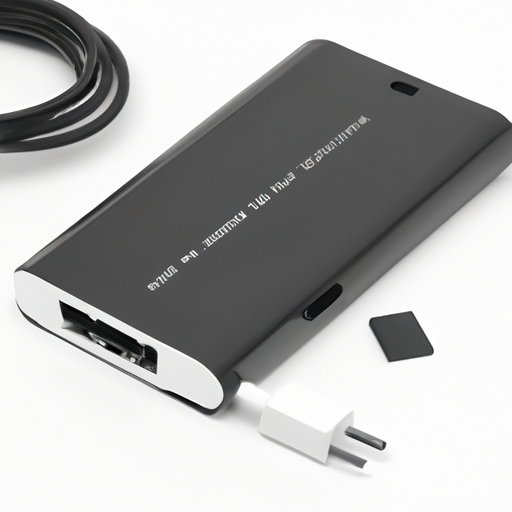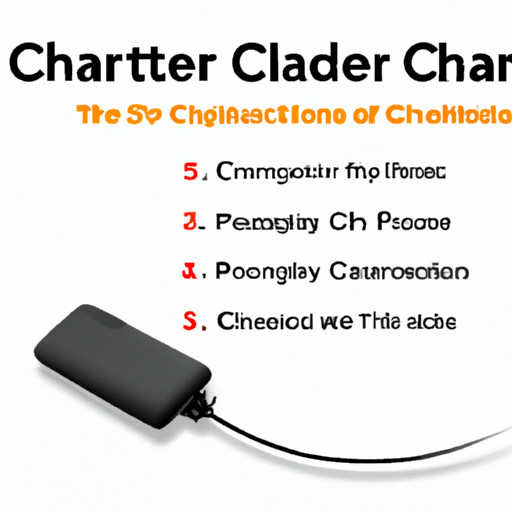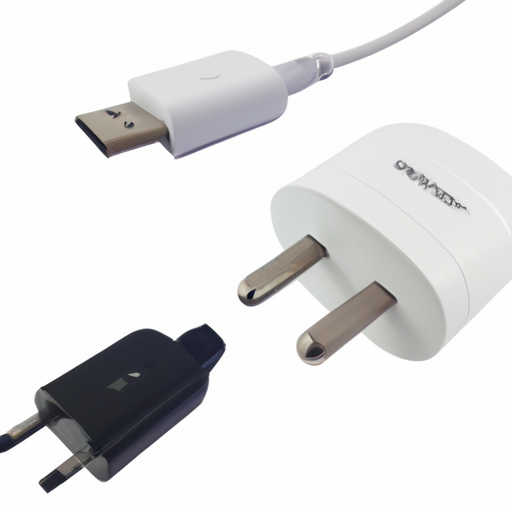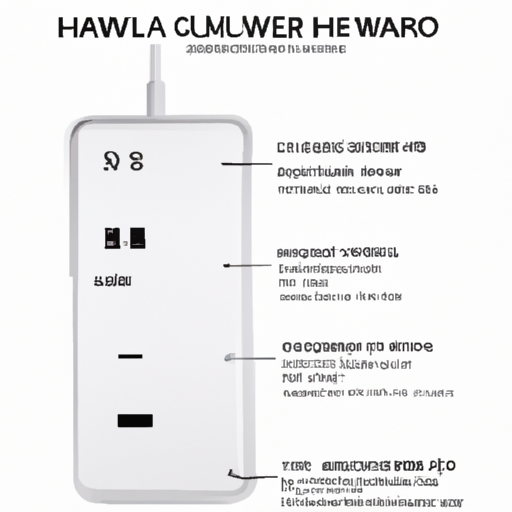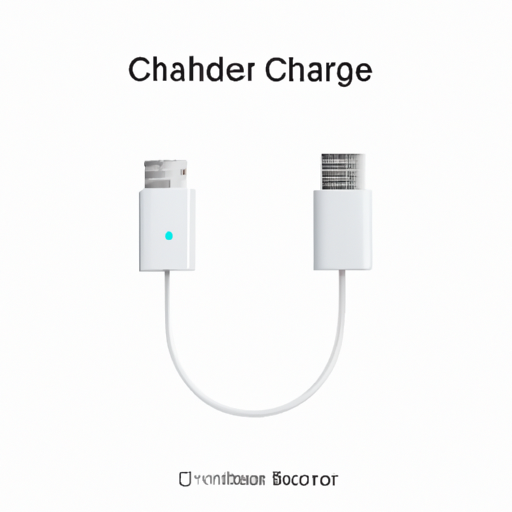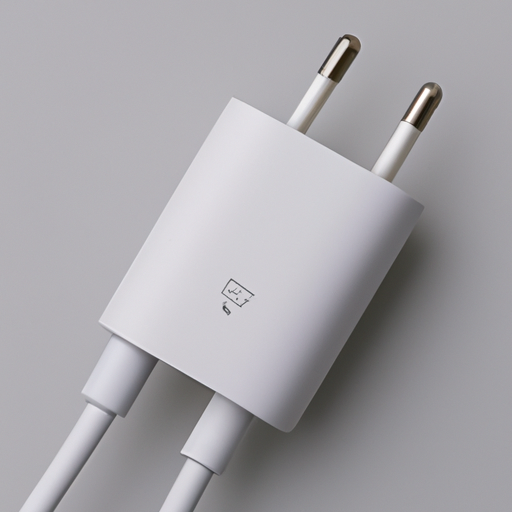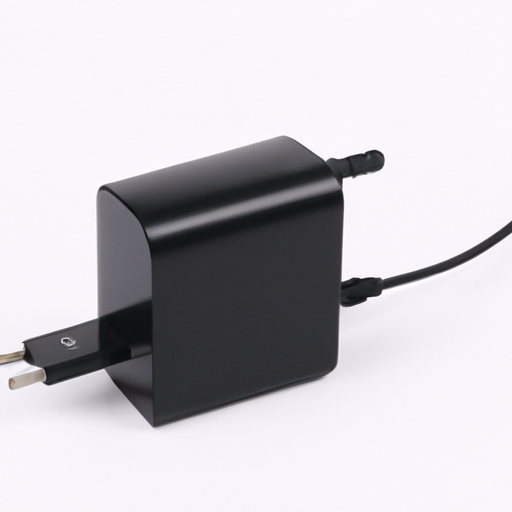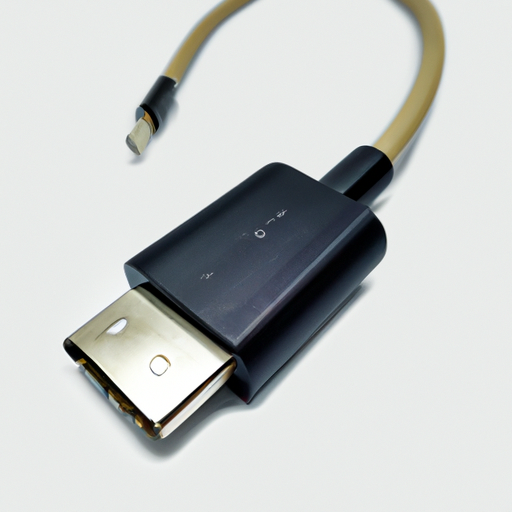What Material is the Honor 3C Charger Made Of?
I. Introduction
The Honor 3C smartphone, launched by Huawei, has garnered attention for its impressive specifications and affordability. As with any smartphone, the charger plays a crucial role in ensuring that the device remains powered and functional. Understanding the materials used in the Honor 3C charger not only sheds light on its performance but also highlights the importance of safety, durability, and environmental considerations. This article aims to explore the various materials that comprise the Honor 3C charger, providing insights into their functions and significance.
II. Understanding Smartphone Chargers
A. Functionality of Smartphone Chargers
Smartphone chargers are essential for delivering power to devices, allowing users to recharge their batteries and maintain functionality. The power delivery mechanism involves converting alternating current (AC) from a wall outlet into direct current (DC) suitable for charging the smartphone's battery. Compatibility is also vital; using the correct charger ensures optimal charging speed and prevents potential damage to the device.
B. Types of Chargers
There are several types of chargers available in the market, including:
1. **Wall Chargers**: These are the most common chargers, plugged directly into a wall outlet. They typically provide faster charging speeds.
2. **USB Chargers**: These chargers connect to a USB port, often found on computers or power banks. They may charge devices more slowly than wall chargers.
3. **Wireless Chargers**: Utilizing electromagnetic fields, these chargers allow users to charge their devices without physical connections. However, they may be less efficient than wired options.
III. Overview of the Honor 3C Charger
A. Specifications of the Honor 3C Charger
The Honor 3C charger is designed to meet the power requirements of the smartphone effectively. It typically features an output voltage of 5V and a current of 1A, which is standard for many smartphones. The compact design and dimensions of the charger make it portable and user-friendly, allowing users to carry it easily.
B. Importance of the Charger’s Design and Materials
The design and materials used in the charger are crucial for its performance and longevity. A well-designed charger not only ensures efficient power delivery but also enhances safety and durability. The choice of materials can affect heat dissipation, electrical conductivity, and overall user experience.
IV. Materials Used in the Honor 3C Charger
A. Plastic Components
The primary material used in the casing of the Honor 3C charger is plastic. Common types of plastics used in charger design include:
1. **Acrylonitrile Butadiene Styrene (ABS)**: Known for its strength and impact resistance, ABS is often used in electronic housings. It provides durability while being lightweight.
2. **Polycarbonate (PC)**: This plastic is known for its high impact resistance and transparency. It is often used in applications requiring toughness and heat resistance.
The benefits of using plastic in charger design include its lightweight nature, cost-effectiveness, and ability to be molded into various shapes. Additionally, plastic can provide insulation, reducing the risk of electrical shock.
B. Metal Components
Metals play a vital role in the functionality of the Honor 3C charger. Key metal components include:
1. **Copper Wiring**: Copper is widely used in electrical wiring due to its excellent conductivity. The use of copper in the charger ensures efficient power transfer from the outlet to the device.
2. **Aluminum Casing**: Some chargers may feature aluminum components, which provide additional durability and heat dissipation. Aluminum is lightweight and resistant to corrosion, making it an ideal choice for electronic devices.
The role of metals in chargers is crucial for ensuring reliable performance and longevity. They contribute to the overall efficiency of power delivery and help maintain safe operating temperatures.
C. Circuit Board Materials
The circuit board within the Honor 3C charger is typically made from **FR-4 (Fiberglass Reinforced Epoxy)**. This material is known for its excellent electrical insulation properties and mechanical strength. The importance of circuit board materials lies in their ability to support the various electronic components, ensuring stable performance and reliability.
D. Other Materials
In addition to the primary components, several other materials are used in the construction of the Honor 3C charger:
1. **Insulation Materials**: Insulation is critical for preventing electrical shorts and ensuring user safety. Materials such as silicone or rubber may be used to insulate wires and components.
2. **Adhesives and Coatings**: Adhesives are often used to bond different components together, while coatings can provide additional protection against moisture and dust.
V. Environmental Considerations
A. Sustainability of Materials Used
As the world becomes increasingly aware of environmental issues, the sustainability of materials used in electronic devices, including chargers, is gaining attention. The recyclability of plastics and metals is a significant factor in reducing electronic waste. Many manufacturers are now focusing on using materials that can be recycled or repurposed at the end of their life cycle.
B. Manufacturer’s Approach to Eco-Friendliness
Manufacturers of the Honor 3C charger are likely to comply with environmental regulations aimed at reducing the impact of electronic waste. Initiatives to reduce carbon footprints, such as using sustainable materials and optimizing production processes, are becoming more common in the industry. Consumers are encouraged to look for chargers that adhere to eco-friendly practices.
VI. Safety Standards and Certifications
A. Importance of Safety in Charger Design
Safety is paramount in charger design, as faulty chargers can lead to overheating, electrical shocks, or even fires. Understanding the materials used in chargers can provide insights into their safety features and reliability.
B. Common Safety Certifications
Charger manufacturers often seek certifications from recognized safety organizations, such as:
1. **CE (Conformité Européenne)**: Indicates compliance with European safety standards.
2. **FCC (Federal Communications Commission)**: Ensures that the device meets electromagnetic interference standards in the United States.
3. **UL (Underwriters Laboratories)**: A safety certification that indicates the product has been tested for safety and performance.
C. How Materials Contribute to Safety
The choice of materials in charger design can significantly impact safety. For instance, high-quality insulation materials can prevent electrical shorts, while durable casings can protect against physical damage. Additionally, the use of metals with good thermal conductivity can help dissipate heat, reducing the risk of overheating.
VII. Conclusion
In summary, the Honor 3C charger is composed of various materials, each playing a crucial role in its functionality, safety, and environmental impact. Understanding these materials helps consumers make informed choices about their chargers and highlights the importance of safety and sustainability in electronic devices. As technology continues to evolve, future trends in charger materials and design will likely focus on enhancing performance while minimizing environmental impact.
VIII. References
1. "Understanding Smartphone Chargers: A Comprehensive Guide." Tech Insights Journal.
2. "Materials in Electronics: A Review of Current Trends." Journal of Materials Science.
3. "The Importance of Safety Standards in Electronic Devices." Safety First Magazine.
4. "Sustainability in Electronics: Challenges and Opportunities." Environmental Science & Technology.
This blog post provides a detailed exploration of the materials used in the Honor 3C charger, emphasizing their significance in performance, safety, and environmental considerations. By understanding these aspects, consumers can make more informed decisions regarding their electronic accessories.

